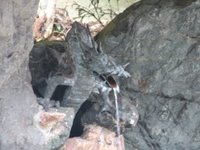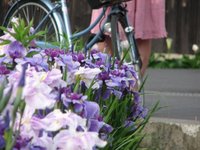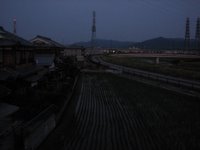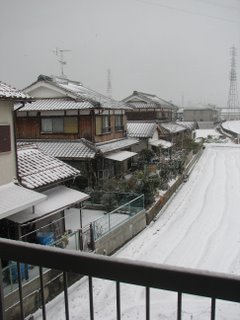Call me Gully the Cynic
I just wanted to share a few words from what a novel I have been reading lately. The book is Gulliver's Travels by Jonathan Swift. When presented in such a playful and honest fashion, I love the satire and good-natured (though sometimes cynical) mockery of human existence. I wonder how people can become so ridiculous as to take themselves seriously and believe in their own importance, or worse, natural divinity. Anyway, the following quote comes from the King of Brobdingnag (the Brobdingnagians are a virtuous and peaceful race of giants that live humbly isolated from the rest of the world). After Gulliver explains European history and British society he says, "My little friend Grildrig (Gulliver); you have made a most admirable panegyric upon your country. You have clearly proved that ignorance, idleness, and vice are the proper ingredients for qualifying a legislator. That laws are best explained, interpreted, and applied by those whose interest and abilities lie in perverting, confounding, and eluding them. I observe among you some lines of an institution, which in its original might have been tolerable, but these half erased, and the rest wholly blurred and blotted by corruptions. It doth not appear from all you have said, how any one perfection is requited towards the procurement of any one station among you, much less that men are ennobled on account of their virtue, that priests are advanced for the piety or learning, soldiers for their conduct or valour, judges for the integrity, senators for the love of their country, or counsellors for their wisdom. As for yourself who have spent the greatest part of your life in travelling, I am well disposed to hope you may hitherto have escaped many vices of your country. But, by what I have gathered from your own relation, and the answers I have with much pains wringed and extorted from you, I cannot but conclude the bulk of your natives, to be the most pernicious race of little odious vermin that Nature ever suffered to crawl upon the surface of the earth."
That's all, but I'd like to hear what others think about that quote. To begin the polemic I will offer that I cannot disagree with the King's evaluation...



 Now that Katie and I have decided to live together, I guess I should start referring to these pictures as coming from our apartment. This is a dusky summertime version of the ones I displayed earlier. May need to brighten the sceen, but in a full-screen version this photo looks pretty amazing if I do say so myself.
Now that Katie and I have decided to live together, I guess I should start referring to these pictures as coming from our apartment. This is a dusky summertime version of the ones I displayed earlier. May need to brighten the sceen, but in a full-screen version this photo looks pretty amazing if I do say so myself. A nearby bridge (about 100 meters from Katie's building) over the Kusatsu River.
A nearby bridge (about 100 meters from Katie's building) over the Kusatsu River. These are some pictures from the balcony of Katie's apartment. They were taken from back in December when I was visiting, so just imagine everything green instead of snowy white. I'm staying here with her for the summer until I begin teaching in August and the JET Program gives me my own place. We're both living in Kusatsu-shi (shi=city), Shiga-ken (ken=prefecture).
These are some pictures from the balcony of Katie's apartment. They were taken from back in December when I was visiting, so just imagine everything green instead of snowy white. I'm staying here with her for the summer until I begin teaching in August and the JET Program gives me my own place. We're both living in Kusatsu-shi (shi=city), Shiga-ken (ken=prefecture).